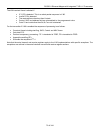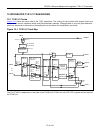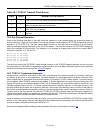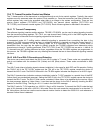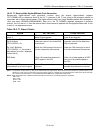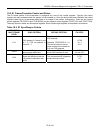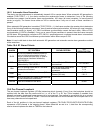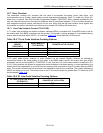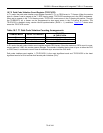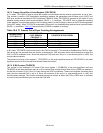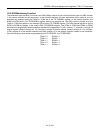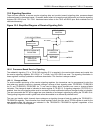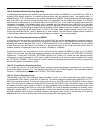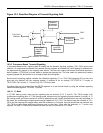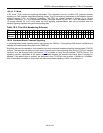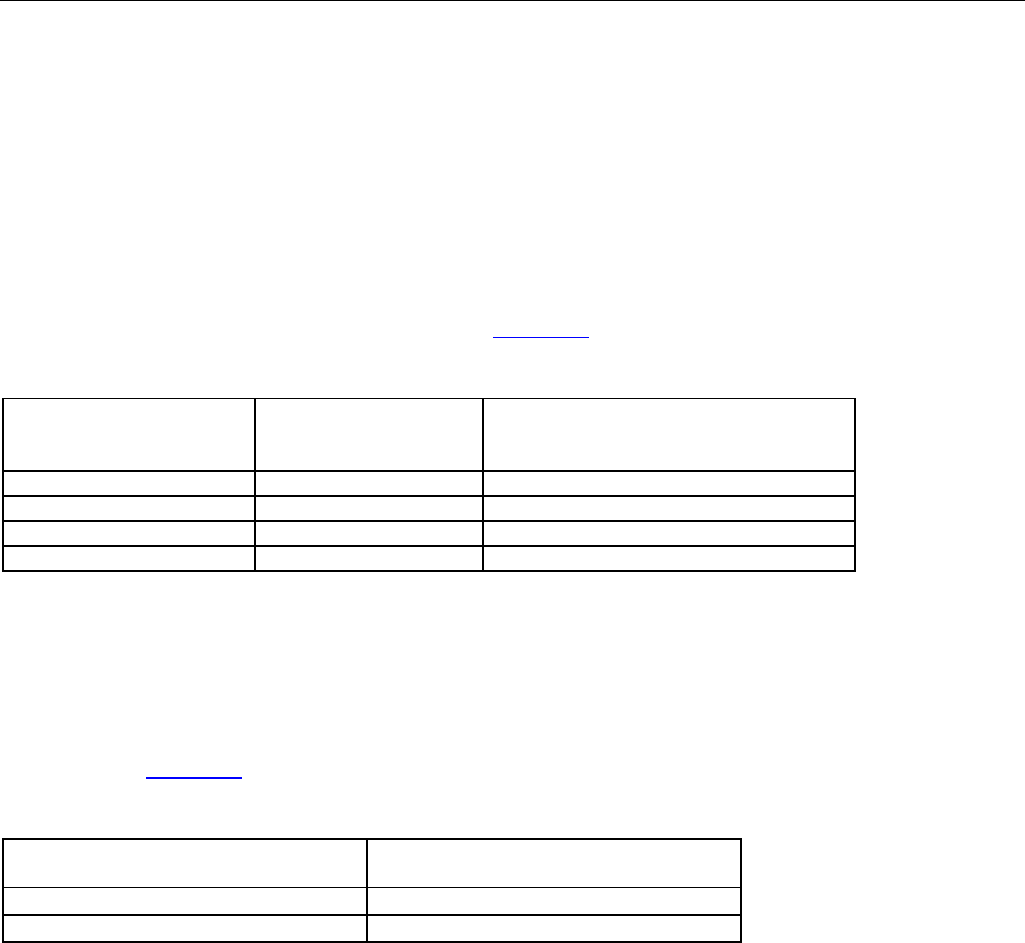
DS33R11 Ethernet Mapper with Integrated T1/E1/J1 Transceiver
78 of 344
10.7 Error Counters
The transceiver contains four counters that are used to accumulate line-coding errors, path errors, and
synchronization errors. Counter update options include one-second boundaries, 42ms (T1 mode only), 62ms (E1
mode only), or manual. See Error-Counter Configuration Register (TR.ERCNT). When updated automatically, the
user can use the interrupt from the timer to determine when to read these registers. All four counters saturate at
their respective maximum counts, and they do not roll over. Note: Only the line-code violation count register has
the potential to overflow, but the bit error would have to exceed 10E-2 before this would occur.
10.7.1 Line-Code Violation Counter (TR.LCVCR)
In T1 mode, code violations are defined as bipolar violations (BPVs) or excessive 0s. If the B8ZS mode is set for
the receive side, then B8ZS codewords are not counted. This counter is always enabled; it is not disabled during
receive loss-of-synchronization (RLOS = 1) conditions.
Table 10-5 shows what the LCVCRs count.
Table 10-5 T1 Line Code Violation Counting Options
COUNT EXCESSIVE
ZEROS?
(TR.ERCNT.0)
B8ZS ENABLED?
(TR.T1RCR2.5)
COUNTED IN THE LCVCRs
No No BPVs
Yes No BPVs + 16 consecutive 0s
No Yes BPVs (B8ZS codewords not counted)
Yes Yes BPVs + 8 consecutive 0s
In E1 mode, either bipolar violations or code violations can be counted. Bipolar violations are defined as
consecutive marks of the same polarity. In this mode, if the HDB3 mode is set for the receive side, then HDB3
codewords are not counted as BPVs. If TR.ERCNT.3 is set, then the LVC counts code violations as defined in ITU
O.161. Code violations are defined as consecutive bipolar violations of the same polarity. In most applications, the
framer should be programmed to count BPVs when receiving AMI code and to count CVs when receiving HDB3
code. This counter increments at all times and is not disabled by loss-of-sync conditions. The counter saturates at
65,535 and does not roll over. The bit-error rate on an E1 line would have to be greater than 10
-2
before the VCR
would saturate (
Table 10-6).
Table 10-6. E1 Line-Code Violation Counting Options
E1 CODE VIOLATION SELECT
(TR.ERCNT.3)
COUNTED IN THE LCVCRs
0 BPVs
1 CVs



